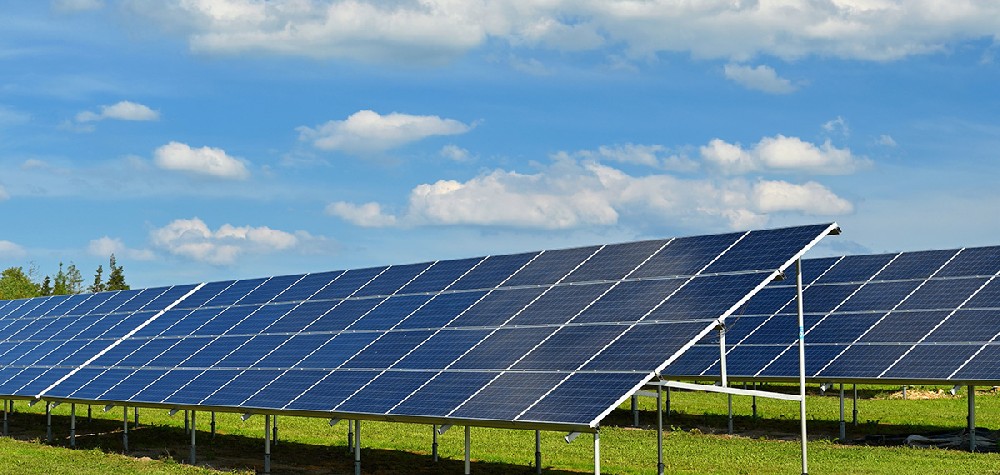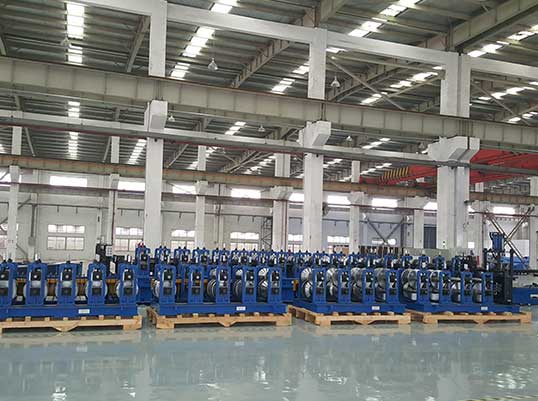Navigation Menu
Contact Us
- Email:
- info@wxavatar.com
- Address:
- Yurong Village, Yuqi Street, Huishan District, Wuxi, China.
Release Date:May 24, 2025 Visit:46 Source:Roll Forming Machine Factory
Solar stand roll forming machines play a crucial role in the production of mounting structures for solar panel installations. As the demand for efficient solar energy solutions grows, manufacturers are continuously improving these machines to enhance precision, speed, and durability. This article explores the key advancements in solar stand roll forming machines that contribute to better performance.

1. Increased Automation and Precision
Modern solar stand roll forming machines incorporate advanced automation technologies to improve accuracy and reduce manual intervention. Features such as CNC (Computer Numerical Control) systems ensure consistent shaping of metal profiles with minimal errors. Automated feeding and cutting mechanisms further enhance production efficiency while maintaining tight tolerances.
2. Higher Production Speeds
To meet growing demand, manufacturers are optimizing roll forming machines for faster operation without compromising quality. Improved motor systems, enhanced roller designs, and optimized material flow contribute to higher throughput, allowing for large-scale production of solar mounting components.
3. Enhanced Durability and Maintenance Efficiency
Newer models of solar stand roll forming machines are built with wear-resistant materials and improved lubrication systems to extend their operational lifespan. Quick-change tooling systems also reduce downtime during maintenance, ensuring continuous production cycles.
4. Versatility in Material Compatibility
Advancements in roll forming technology allow these machines to work with a wider range of materials, including high-strength steel and aluminum. This flexibility ensures that manufacturers can produce solar mounting structures tailored to different environmental conditions and load requirements.
5. Improved Energy Efficiency
While avoiding specific terminology, it's worth noting that modern roll forming machines are designed to minimize energy consumption during operation. Optimized drive systems and reduced friction in moving parts contribute to lower operational costs over time.
6. Integration with Smart Monitoring Systems
Some solar stand roll forming machines now feature IoT (Internet of Things) connectivity, enabling real-time monitoring of production metrics. This allows operators to detect potential issues early and adjust settings for optimal performance.

Conclusion
The evolution of solar stand roll forming machines focuses on automation, speed, durability, and adaptability to meet industry demands. As technology continues to advance, these machines will play an even more critical role in the efficient manufacturing of solar mounting systems. Manufacturers investing in the latest roll forming solutions can expect improved productivity and long-term reliability in their operations.